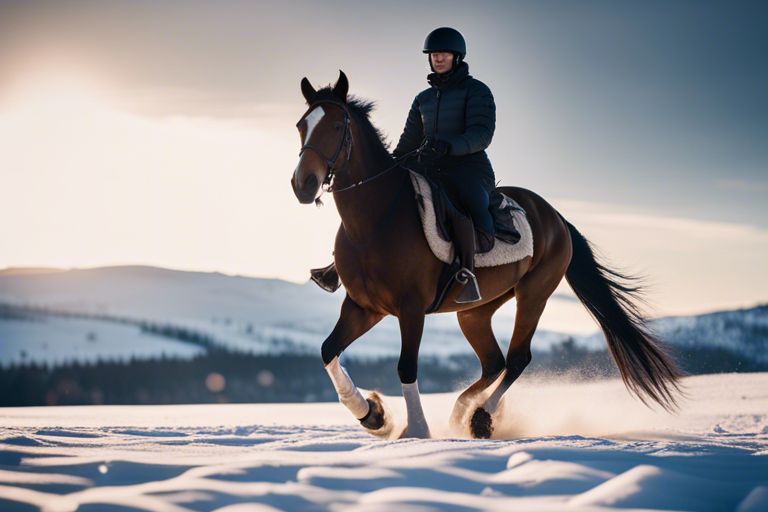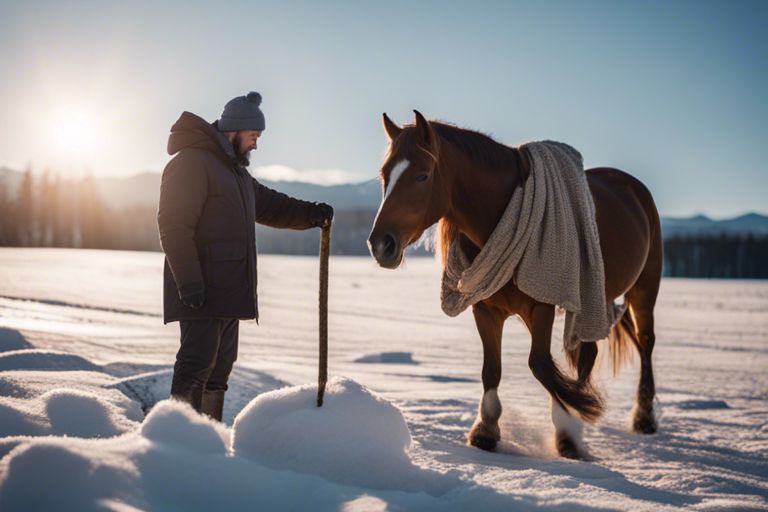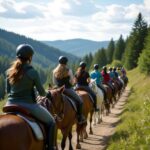You brave the icy winds and slippery roads – winter riding demands your utmost attention and preparation. With the right strategies, you can conquer the chill and keep safe on your bike. From choosing the proper tires to adjusting your riding style, this guide will equip you with imperative tips for a successful winter ride. Embrace the frost, but remember, with the right approach, you can still enjoy the thrill of the ride even in the coldest of seasons.
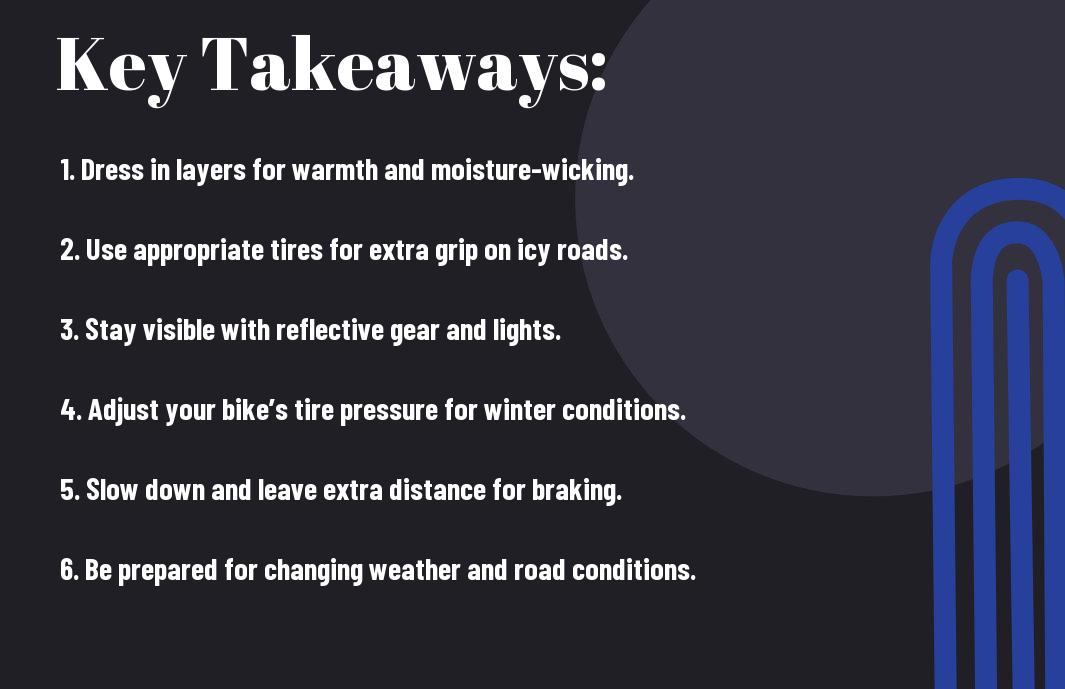
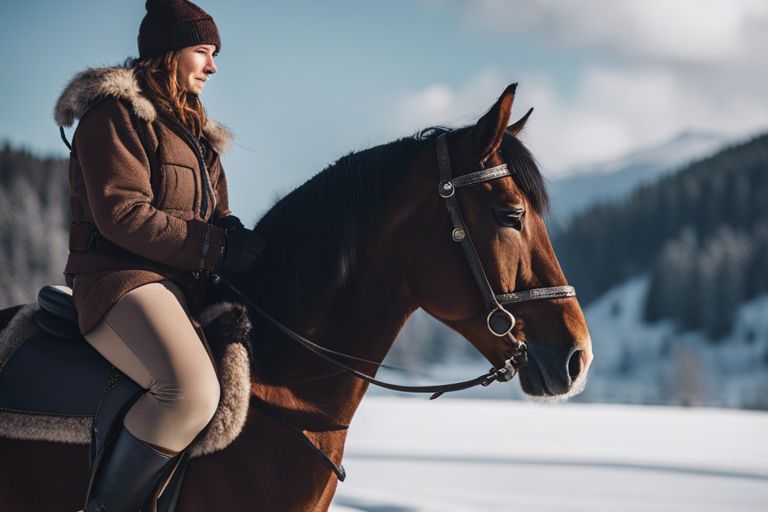
Preparing for Winter Riding
The winter weather can be harsh, especially when you’re out riding your bike. It’s important to make sure you are prepared for the conditions to stay safe and comfortable during your rides.
Checking Your Bike
Any time you plan on riding in winter conditions, it’s crucial to check your bike thoroughly. Inspect the tires to ensure they have enough tread and are properly inflated. Check your brakes to make sure they are working well and adjust them if needed. Ensure your chain is lubricated and your gears are shifting smoothly. Making these checks before heading out can help prevent any issues while you’re on the road.
Dressing for the Occasion
On those cold winter days, what you wear can make all the difference in how enjoyable your ride will be. Layering is key to staying warm and being able to regulate your temperature as you exercise. Start with a moisture-wicking base layer, add an insulating layer like fleece, and top it off with a waterproof and windproof outer layer. Protect your extremities by wearing gloves, a hat or helmet liner, warm socks, and shoe covers to keep your hands, head, feet, and toes warm. Don’t forget high-visibility clothing to make sure you are seen by other road users, especially in low-light conditions.
To keep your feet warm, consider using shoe covers or investing in winter cycling shoes that are designed to provide insulation and protection from the cold. Your extremities, like your hands and feet, are more prone to frostbite, so it’s necessary to keep them warm and dry while riding in cold weather.
Safety First
Now, when it comes to winter riding, safety should always be your top priority. Riding in cold, wet, and potentially icy conditions requires extra caution and preparation. Here are some key strategies to keep you safe on the road during the winter months.
Visibility and Lighting
With limited daylight hours and potential low visibility due to snow and rain, it’s crucial to make yourself as visible as possible to other motorists. Ensure your bike is equipped with front and rear lights that are bright and functional. Consider adding reflective tape or clothing to increase your visibility, especially in rainy or snowy conditions.
Traction and Control
On slippery winter roads, maintaining traction and control of your bike becomes even more challenging. Make sure your tires are in good condition with proper tread depth to grip the road. Consider switching to winter or all-weather tires for better traction on icy surfaces. Additionally, adjust your riding style by slowing down and avoiding sudden maneuvers to prevent skidding or loss of control.
For instance, when approaching a turn, reduce your speed beforehand and avoid braking while in the turn to prevent sliding. Be mindful of black ice, a thin and almost invisible ice layer on the road that is particularly treacherous for cyclists. Prioritize stability and control to navigate challenging winter conditions safely.
Winter Riding Techniques
All winter riding requires careful consideration and adjustment of your techniques to ensure a safe and enjoyable experience. Below are some key strategies for navigating challenging winter conditions.
Cornering and Braking
Cornering is crucial during winter riding, as icy or snowy road surfaces can significantly reduce traction. When approaching a turn, remember to reduce your speed early and smoothly apply the brakes to avoid skidding. Be sure to keep your weight balanced evenly on the bike and choose a wider line to give yourself more room to maneuver if needed. Additionally, focus on looking ahead and staying relaxed to maintain control throughout the corner.
Climbing and Descending
For climbing in winter conditions, make sure to shift to an easier gear before starting the ascent to maintain traction and prevent slipping. Keep a steady pace and avoid sudden changes in speed or cadence to prevent wheel spin. When descending, use both brakes evenly and judiciously to control your speed, especially on icy or slippery surfaces. Stay alert for black ice or patches of loose snow that can affect your bike’s handling.
A key tip for climbing and descending in winter is to anticipate changes in road conditions and adjust your technique accordingly. Focus on maintaining a smooth and steady rhythm to avoid loss of traction and minimize the risk of accidents. By being proactive and attentive, you can navigate challenging terrains with confidence and skill.
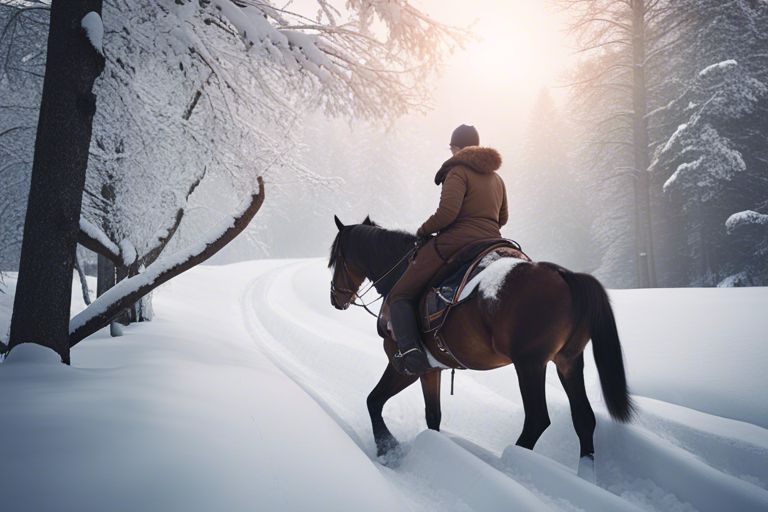
Navigating Winter Roads
Reading Road Conditions
Your safety on the road in winter greatly depends on your ability to read and anticipate changing road conditions. Any patches of black ice, slush, or snow can significantly impact your traction and control. Look out for shiny or wet spots on the road, as they may indicate ice. In addition, pay attention to tire tracks of other vehicles as they can help you identify potentially slippery areas.
Avoiding Hazards
When navigating winter roads, any obstacles such as potholes, debris, or cracks in the pavement can be hidden by snow or ice, posing a threat to your safety. Understanding how to maneuver around these hazards and adjust your speed accordingly is crucial to prevent accidents. Stay alert and always be prepared to react quickly to unexpected obstacles.
Understanding how to anticipate and navigate winter road hazards can make all the difference in ensuring a safe and enjoyable ride during the cold months. By staying attentive, adjusting your speed, and being proactive in avoiding potential dangers, you can confidently navigate winter roads with ease.
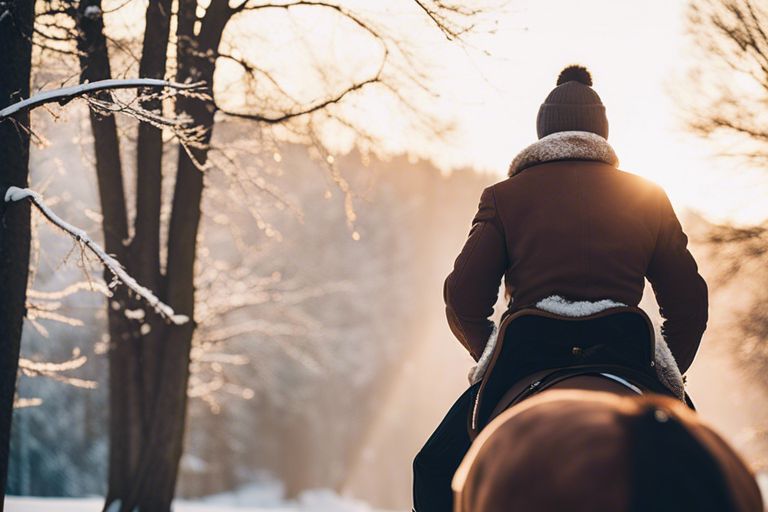
Staying Warm and Dry
Not preparing adequately for winter riding can leave you cold, uncomfortable, and susceptible to hypothermia. To stay warm and dry during your winter rides, proper layering and insulation are crucial.
Layering and Insulation
An effective way to stay warm while cycling in the winter is to layer your clothing. Start with a moisture-wicking base layer to keep sweat away from your skin. Merino wool or synthetic fabrics are excellent choices for this layer as they dry quickly and retain warmth even when wet. Add a thermal mid-layer for insulation, such as a fleece or down jacket, and finish with a windproof and waterproof outer layer to protect you from the elements.
Protecting Your Extremities
Protecting your extremities is necessary in winter riding. Your hands and feet are particularly vulnerable to the cold, so invest in quality thermal gloves and socks to keep them warm. Consider using shoe covers to protect your feet from wind and moisture. Additionally, don’t forget a thermal hat or headband to keep your ears and head insulated.
With the right gear and layering techniques, you can enjoy winter riding comfortably and safely. Remember to pay special attention to your extremities as they are more prone to frostbite and discomfort in cold weather. Stay warm, dry, and protected to make the most of your winter cycling adventures.
Emergency Preparedness
After ensuring your bike is well-maintained for winter riding, it’s important to be prepared for any unexpected emergencies that may arise during your journey. Having a basic tool kit and knowledge of winter-specific repairs can help you stay safe and get back on the road quickly.
Basic Tool Kit
One of the most important things you can do to prepare for emergencies is to carry a basic tool kit with you. This kit should include items such as a mini bike pump, tire levers, a multi-tool with various wrench sizes, a spare inner tube, and patch kit. These tools will allow you to handle common issues like flat tires and minor adjustments on the go, ensuring you can continue your ride without interruption.
Winter-Specific Repairs
Any seasoned winter rider knows that the colder temperatures and harsh conditions can take a toll on your bike. It’s crucial to be prepared for winter-specific repairs that may arise, such as frozen cables, icy drivetrains, or snow-clogged brakes. Having the proper knowledge and tools to address these issues can make all the difference in keeping you safe and mobile during your winter rides.
The key to handling winter-specific repairs is to stay proactive and regularly maintain your bike throughout the season. Keeping your bike clean and lubricated, as well as protecting it from the elements when not in use, can help prevent issues before they occur. **Recall, safety should always be your top priority when riding in winter conditions.**
To wrap up
Taking this into account, when it comes to winter riding, preparation is key. Ensuring you have the right gear, maintaining your bike, and adjusting your riding style to accommodate for slippery conditions are vital strategies for a safe and enjoyable winter cycling experience. Remember to stay vigilant, be aware of changing weather conditions, and always prioritize safety.
Q: What are the necessary items to have for winter riding?
A: Essential items for winter riding include thermal base layers, insulated jackets and pants, waterproof gloves, warm socks, and winter cycling shoes. It’s also important to have proper headgear like a beanie or balaclava, and clear, anti-fog goggles or glasses.
Q: How should I prepare my bike for winter riding?
A: Prepare your bike for winter riding by checking tire pressure and using tires with good traction, lubricating the chain and other moving parts regularly, and installing fenders to keep slush and salt off your frame. Also, consider using a bike cleaner and rust protector to prevent corrosion from salt on the roads.
Q: What are some safety tips for winter riding?
A: Safety tips for winter riding include dressing in layers to stay warm, using lights and reflectors on your bike for visibility, riding at a slower pace and avoiding sudden movements on icy surfaces, and being extra cautious at intersections and when turning. It’s also a good idea to share your route with someone and carry a fully charged phone in case of emergencies.
Q: How can I stay motivated to ride in winter weather?
A: To stay motivated for winter riding, set specific goals like participating in a winter cycling event or challenge, joining a winter riding group for camaraderie and support, rewarding yourself for reaching milestones, and focusing on the health benefits and sense of accomplishment that come from riding in challenging conditions.
Q: Are there any special maintenance tips for winter riding?
A: Special maintenance tips for winter riding include cleaning your bike more frequently to remove salt and grime, checking and replacing brake pads more often due to increased wear in wet conditions, and storing your bike indoors to prevent exposure to extreme temperatures which can affect tire pressure and lubrication efficacy.
